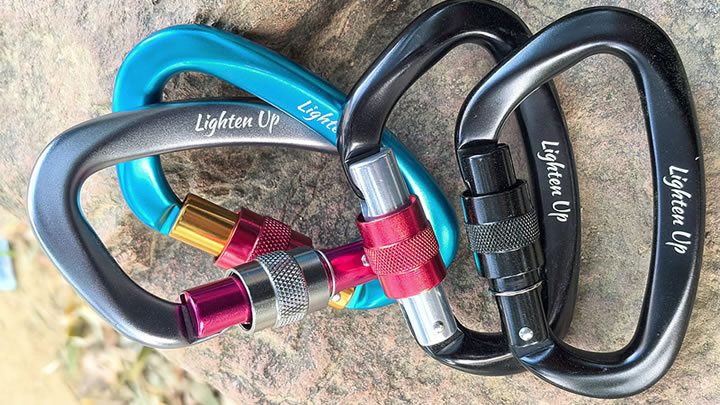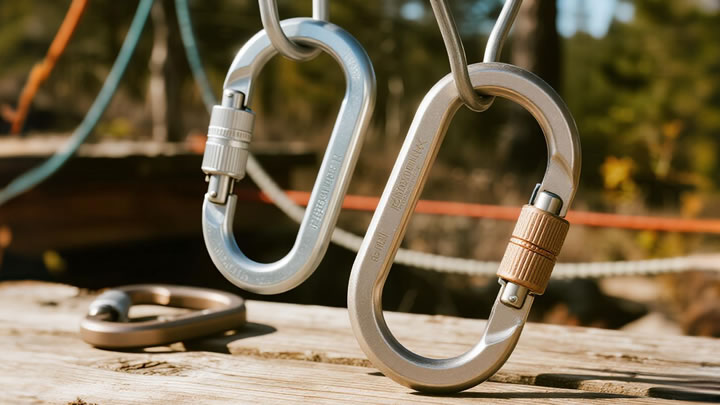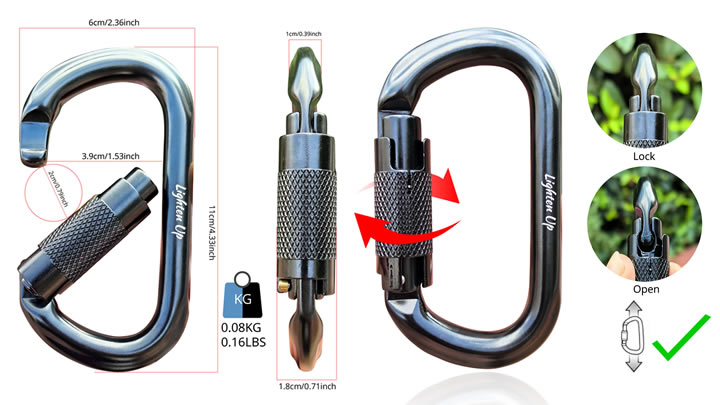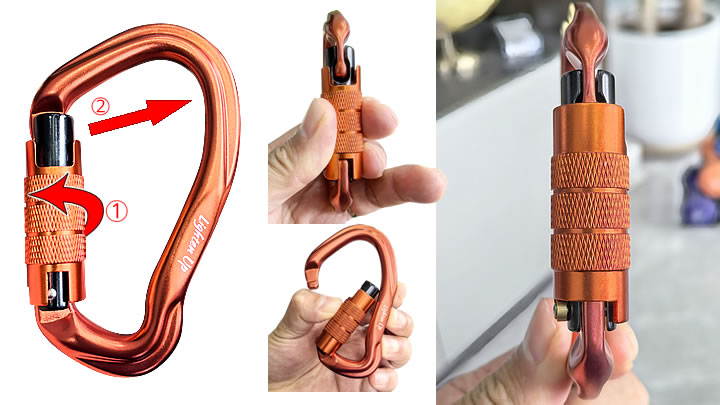Wire Gate vs. Solid Gate Carabiner Hook Pros and Cons
The choice between a wire gate and a solid gate carabiner is one of the most fundamental decisions a climber or outdoor professional makes. It's a debate that pits weight and performance against durability and feel. There is no single "best" option; rather, the ideal choice depends on your specific activity, environment, and personal preference. Understanding the inherent pros and cons of each design is crucial for building a rack that optimizes both safety and performance.
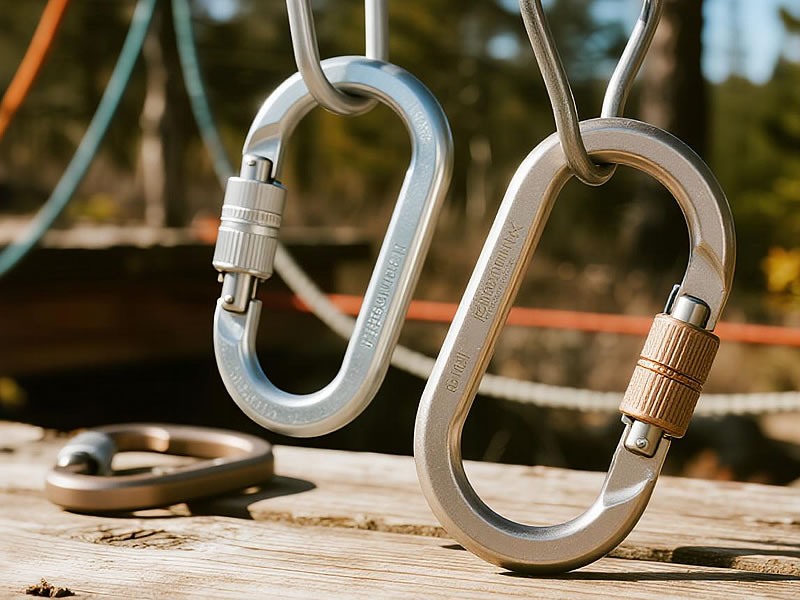
Wire Gate Carabiners: The Lightweight Performers
Wire gates are constructed from a bent rod of aluminum or steel, creating a minimalist, open-loop gate.
Pros of Wire Gates:
- Reduced Weight: This is the most significant advantage. Wire gates are substantially lighter than their solid gate counterparts. For a climber carrying dozens of carabiners on a long multi-pitch route or an alpine climb, this cumulative weight saving translates to less fatigue and greater speed.
- Less Gate Flutter: Gate flutter is a high-frequency oscillation of the gate that occurs during the dynamic impact of a fall. A fluttering gate momentarily reduces the carabiner's strength. Due to their lower mass, wire gates are far less prone to this phenomenon, potentially maintaining a more consistent strength profile in a fall.
- Superior Cold Weather Performance: The minimalist design has less surface area to bind with ice. In freezing conditions, a wire gate is far less likely to freeze shut compared to a solid gate, which can form a solid block of ice inside its gate frame.
Cons of Wire Gates:
- Lower Durability: The thin wire is more vulnerable to damage from impacts against rock or other hardware. It can be bent or misshapen more easily than a solid gate, which can affect its gate action and, in severe cases, its strength.
- Snagging Potential: The open, hook-like nature of a wire gate can sometimes catch on bolts, rope, or vegetation during a clip or while climbing, which can be inconvenient and disruptive to your flow.
- Less "Positive" Feel: Many users find the action of a wire gate to feel less substantial and sometimes "mushier" than the definitive snap of a solid gate.
Solid Gate Carabiners: The Durable Workhorses
Solid gate carabiners feature a gate made from a stamped sheet of metal, creating a full, solid panel.
Pros of Solid Gates:
- High Durability and Abrasion Resistance: The solid metal panel is much more resistant to impact damage and general wear and tear. It can withstand being dragged over rock and banged against hardware without deforming, making it a favorite for rough use in trad climbing, caving, and industrial settings.
- Snag-Resistant Profile: The smooth, solid surface presents a less hook-like profile, allowing it to slide past obstacles like bolt hangers more cleanly, enabling a smoother clipping experience in many situations.
- Positive Gate Action: Solid gates are renowned for their crisp, authoritative "snap" when they close. This provides excellent tactile and auditory feedback, giving the user high confidence that the gate is fully engaged.
Cons of Solid Gates:
- Heavier Weight: The additional material makes them noticeably heavier. A full rack of solid gate carabiners will weigh significantly more than an equivalent rack of wire gates.
- Prone to Freezing: In wet and freezing conditions, water can easily fill the cavity of the solid gate and freeze solid, rendering the carabiner impossible to open without thawing it first.
- More Susceptible to Gate Flutter: The higher mass of the solid gate makes it more prone to gate flutter during a severe fall, though modern designs have mitigated this issue considerably.
Making the Right Choice for Your Needs
Your activity should guide your selection:
- Choose Wire Gates For: Sport climbing, alpine and big wall climbing (where weight is critical), and ice climbing (for their freeze-resistant properties).
- Choose Solid Gates For: Traditional climbing (where gear is regularly placed and removed from rough cracks), abrasive environments like caving, and for applications where maximum durability and a positive gate feel are prioritized over minimal weight.
Many climbers adopt a hybrid approach, using wire gates on their rope-end quickdraws for light weight and reduced flutter, while opting for a durable solid gate screw-lock for their belay device. By understanding these pros and cons, you can move beyond the debate and strategically select the right tool for the specific challenge at hand.

